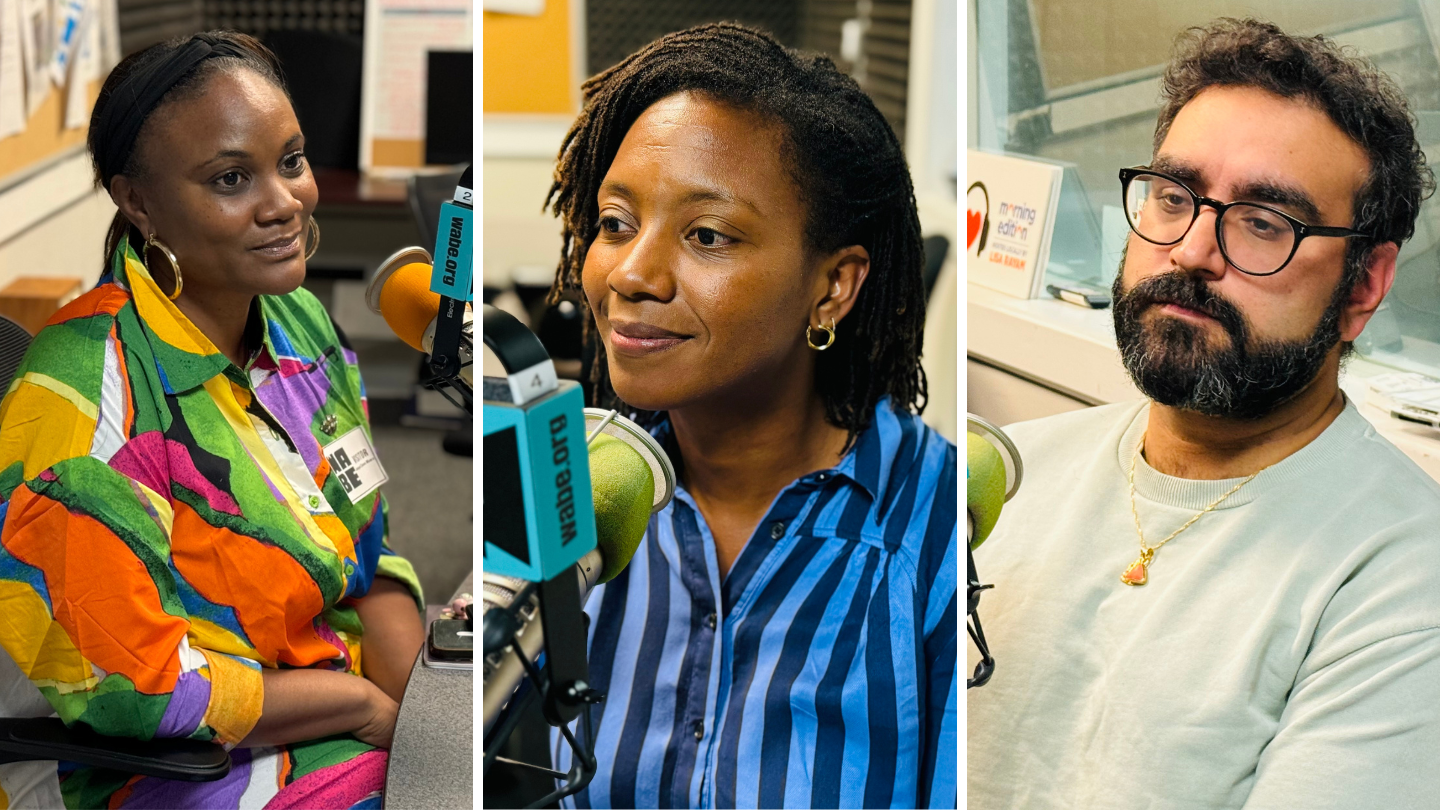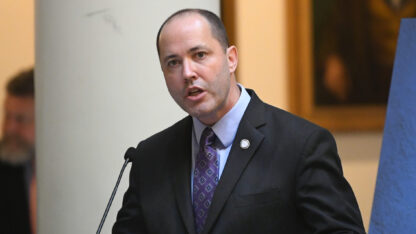Data collected by the Centers for Disease Control and Prevention and the Brady Campaign to Prevent Gun Violence calculates how Black and Brown communities continue to be disproportionately impacted by gun violence. Take the financial burden, for example. Between 2019 and 2020, fatal firearm deaths cost the United States $227 billion. And even though the Black community is 15% of the population, it took on 60% of the expense.
However, according to Dr. Keisha Lindsay Nurse, there are some personal reactions to violence that data doesn’t calculate.
Nurse, an epidemic intelligence service officer with the CDC, was a guest on Wednesday’s special edition of “Closer Look with Rose Scott.” The program focused on violence intervention and prevention. Nurse explained why gun violence is a public health threat and the intergenerational trauma it can have on families. She also shared the story of her cousin, Malik Barry-Buchanan, who was shot and killed at the age of 23, and the impact it had on his loved ones.









